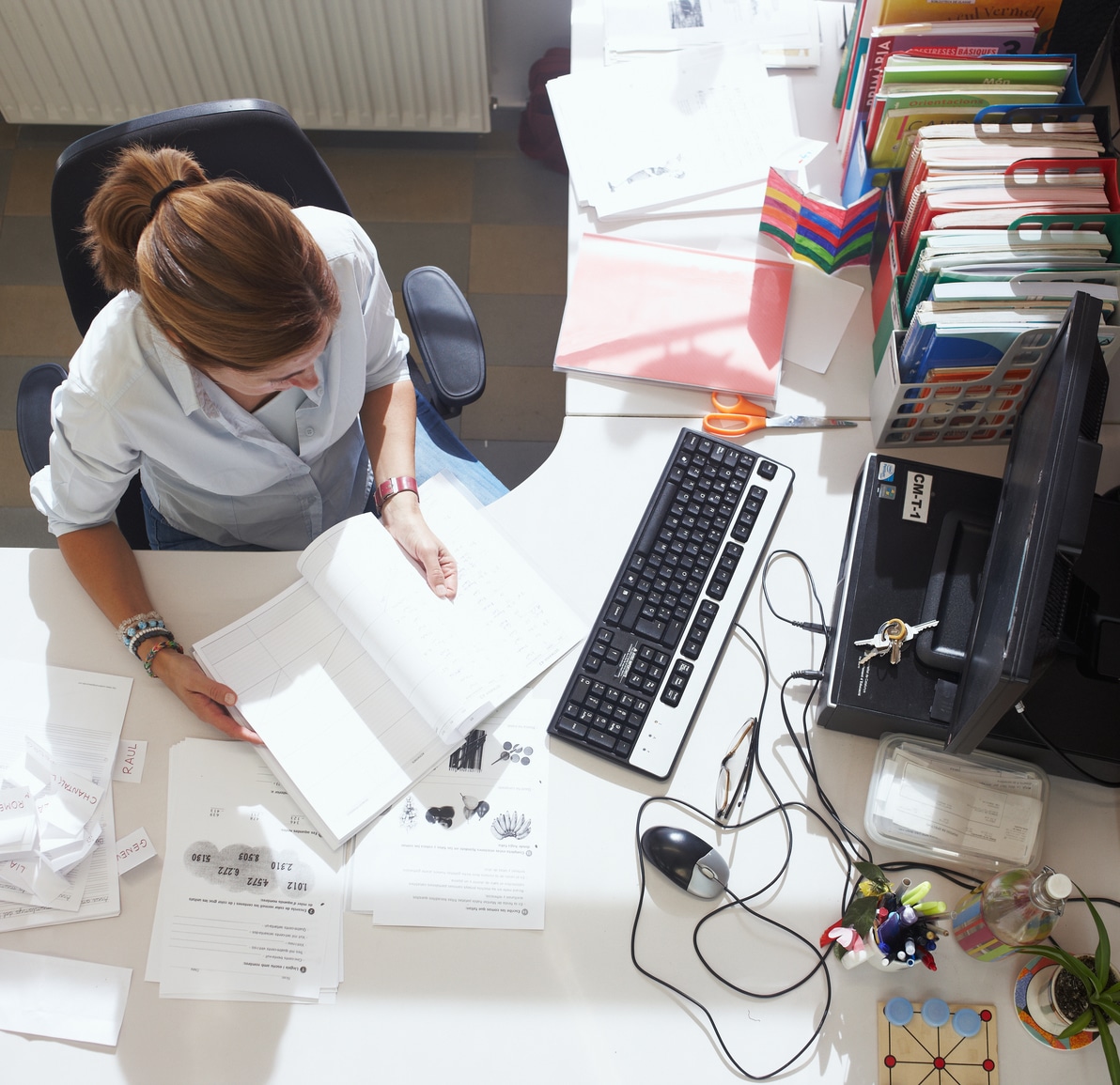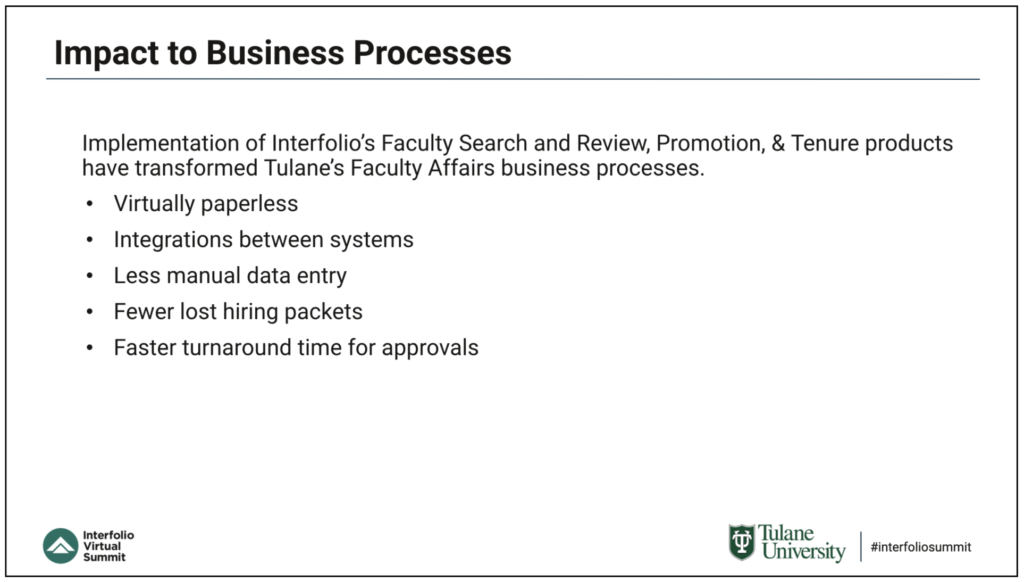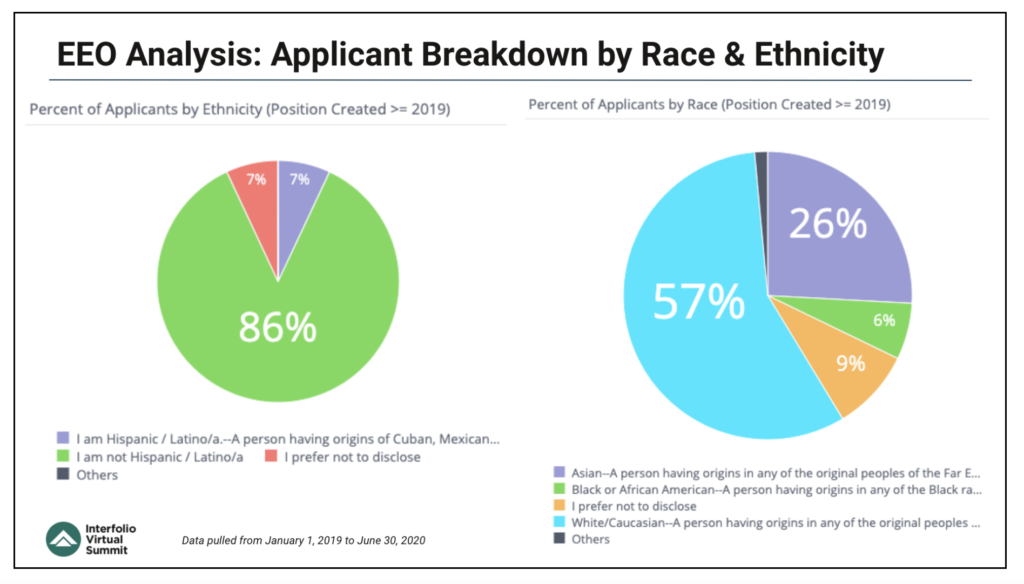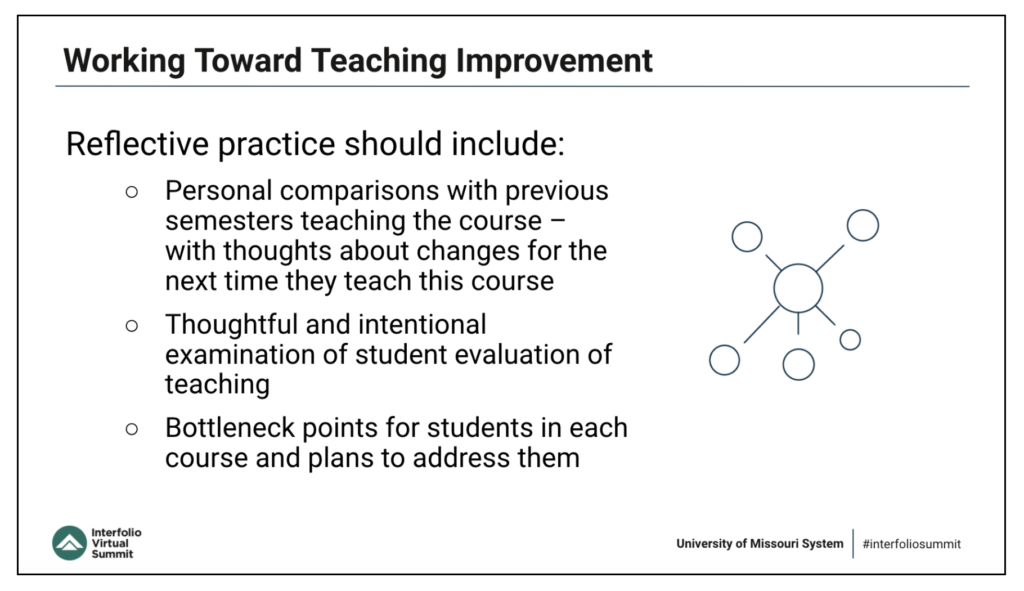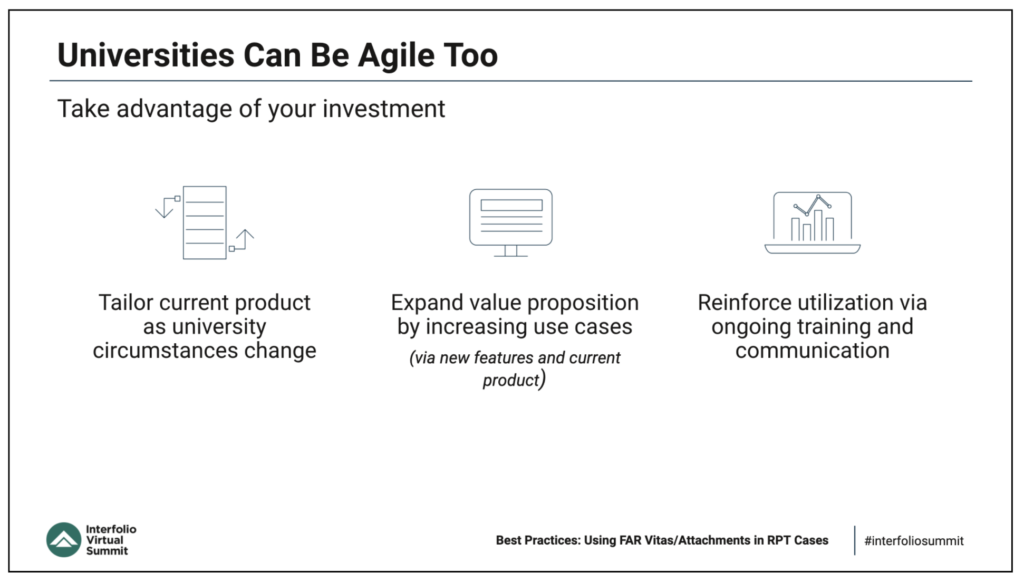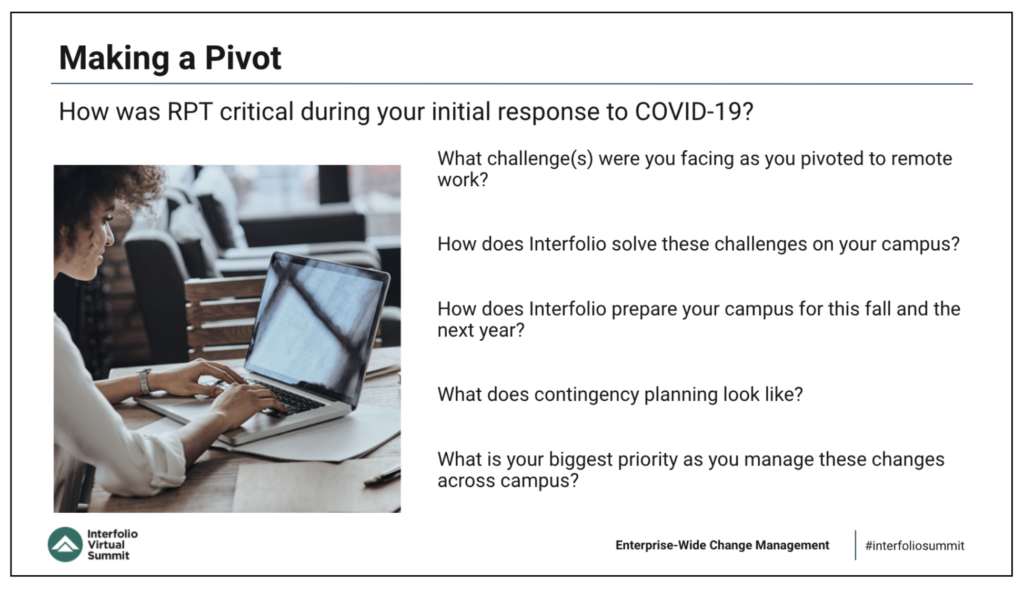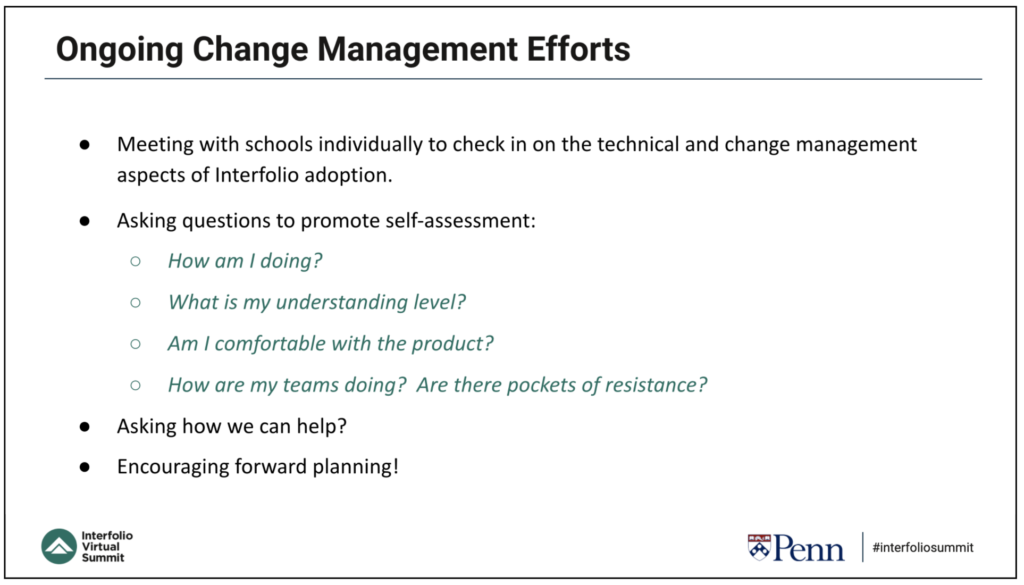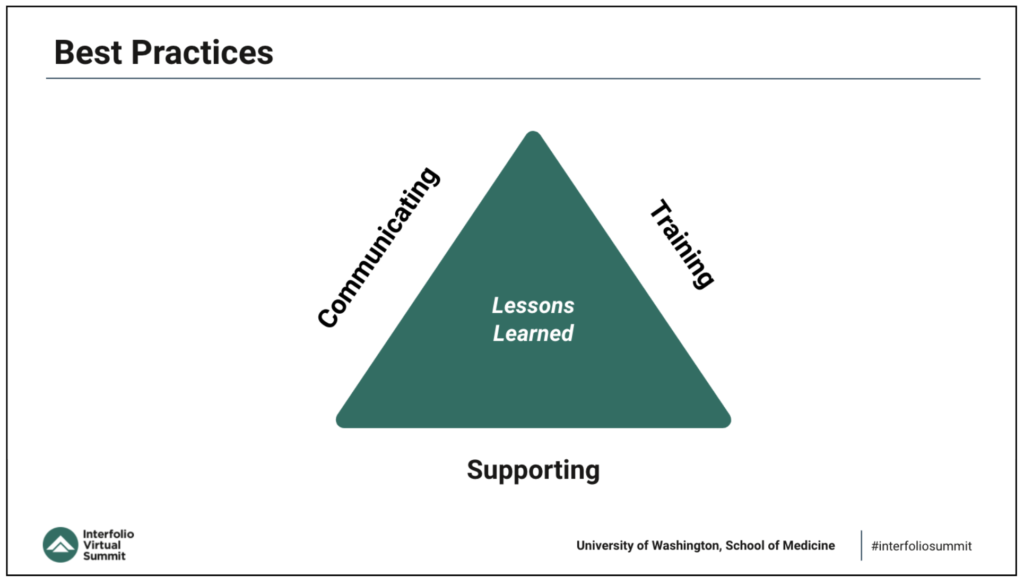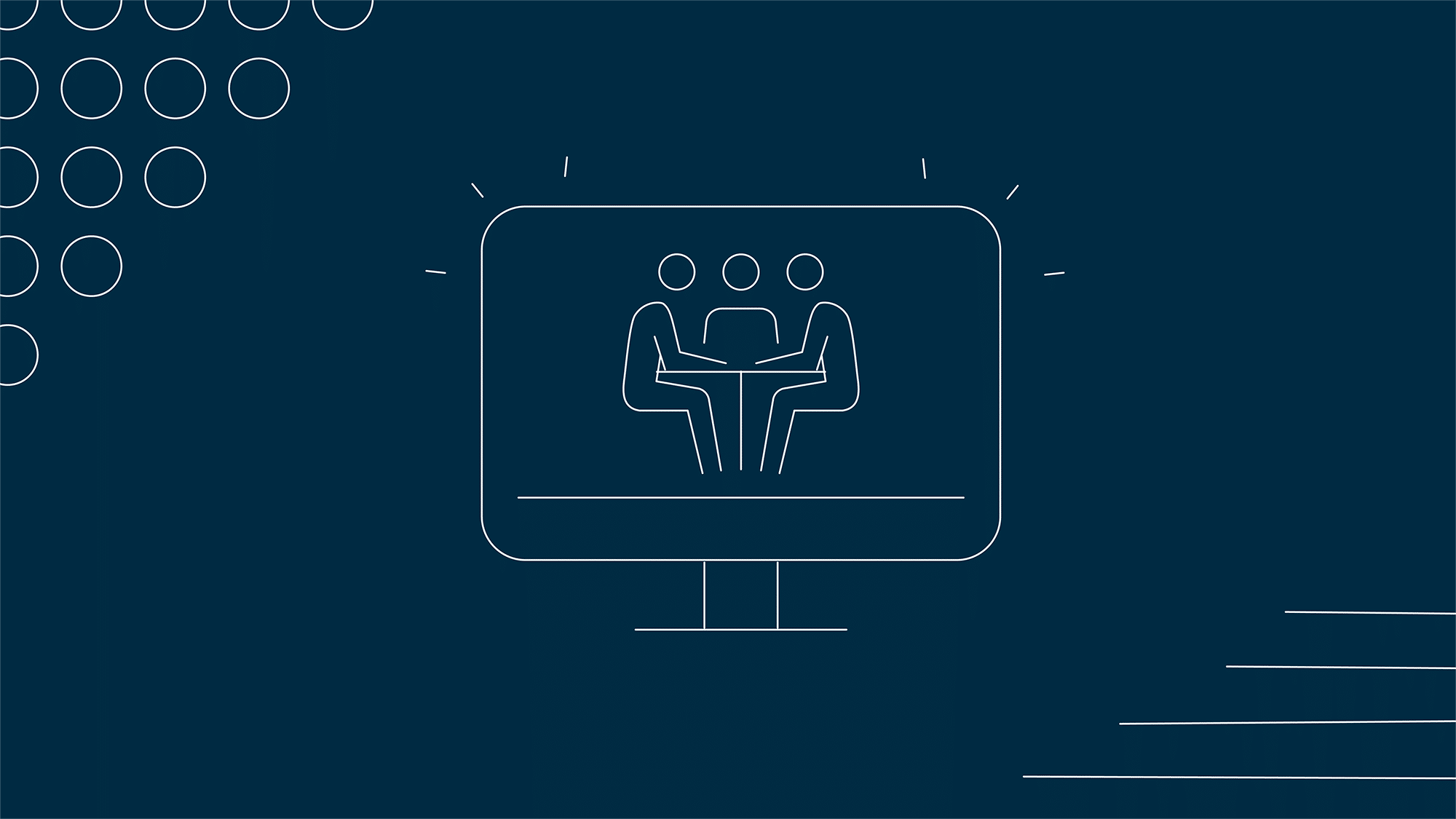This post continues our series by a onetime academic job seeker, now academic-at-large.
How are faculty doing, emotionally speaking, right now?
For many, the answer is “profoundly burned out.” “Anyone else feel like they’ve been working non-stop since March and are about to crash?” asked Arcelia Gutiérrez, a professor of Latinx studies at the University of Kentucky, on Twitter recently. ”And we have no breaks this semester, and we’re already on week 8 of the semester.” In a piece in EdSurge about faculty burnout, Kevin R. McClure, a professor of higher education at the University of North Carolina at Wilmington, noted that many faculty’s lack of time off in the summer of 2020 added to the feeling of stress that people were feeling in August, facing the fall semester. “Summer is normally a time of restoration for faculty and staff, and many believed if they could just finish the spring semester, they would have a chance to recover”—but a summer devoid of travel plans and childcare, and full of work to set up online or hybrid learning for the following semester, simply didn’t do the trick.
Faculty and staff reported to McClure that it wasn’t just the fact that the summer was full of work that has left them feeling tapped out, but also the nature of the work. Endless meetings about an ever-changing and hopeless situation; hard work put into plans that may never be implemented; lack of communication from leaders, who were, themselves, overwhelmed—the summer, and the beginning of the fall semester, have seemed never-ending. Commenting to Inside Higher Ed about the piece, McClure said that he had received a pile of feedback after it published: “What I heard over and over again was people saying, ‘That’s me. This is how I feel.’”
Much self-reported faculty stress comes from a perceived disconnect between people’s personal situations and the amount of work the university continues to expect. This pandemic academic life—no childcare and school, for parents; huge teaching burdens for those who are adjusting to new platforms; no travel for research; restricted access to materials—is not normal, five scientists wrote in a group plea published in Science in late August. “With the start of the semester upon us, we continue to receive a massive influx of emails from colleagues detailing service expectations, research disruptions, and complex new policies,” they wrote. “All of this can feel incredibly overwhelming.” The group argued for transparency, respect for personal needs, and aggressive triaging of what’s necessary: “Don’t hold yourselves, or your students, to the same standards as 2019.”
What can be done?
Some senior professors have urged their fellows to step up, this semester and this year. Nicholas H. Snow, a professor of chemistry and biochemistry at Seton Hall University, argued on Inside Higher Ed that research scholars should “make teaching and serving undergraduate students your highest priority” this year. “Our institutions and our undergraduates need us. They need all of us. They need us to be accessible and inclusive,” Snow insisted, urging his senior colleagues to “go to your funding agency; get a no-cost extension…ask them to allow your postdocs to join with us in the classroom.” This was the time, Snow thought, for the “haves” of academia to put research goals aside and put their shoulders to the wheel.
A sentiment many faculty share—one that, for some, is a saving grace—is the sense of common cause with their students. “Doing my best, kids—and I know you are, too,” tweeted classicist Christopher Polt, of Boston College, with a modified Spiderman meme attached. (For those unfamiliar, the meme usually features two Spidermen pointing at each other, and is used to signify a recognition of sameness. In Polt’s version, a single Spiderman, the “professor,” points at a group of students—the whole group recognizing one other as going through the same turmoil.) In replies to the viral tweet, professors described feeling a cathartic sense of identification with their students, who are having many of the same problems as faculty: lack of childcare, exposure to COVID, spotty internet, family stress.
A little bit of grace and recognition goes a long way, in the fall of 2020.
How are you navigating these times as a faculty member? How could institutions better support you in your work? Share with us on Twitter.


